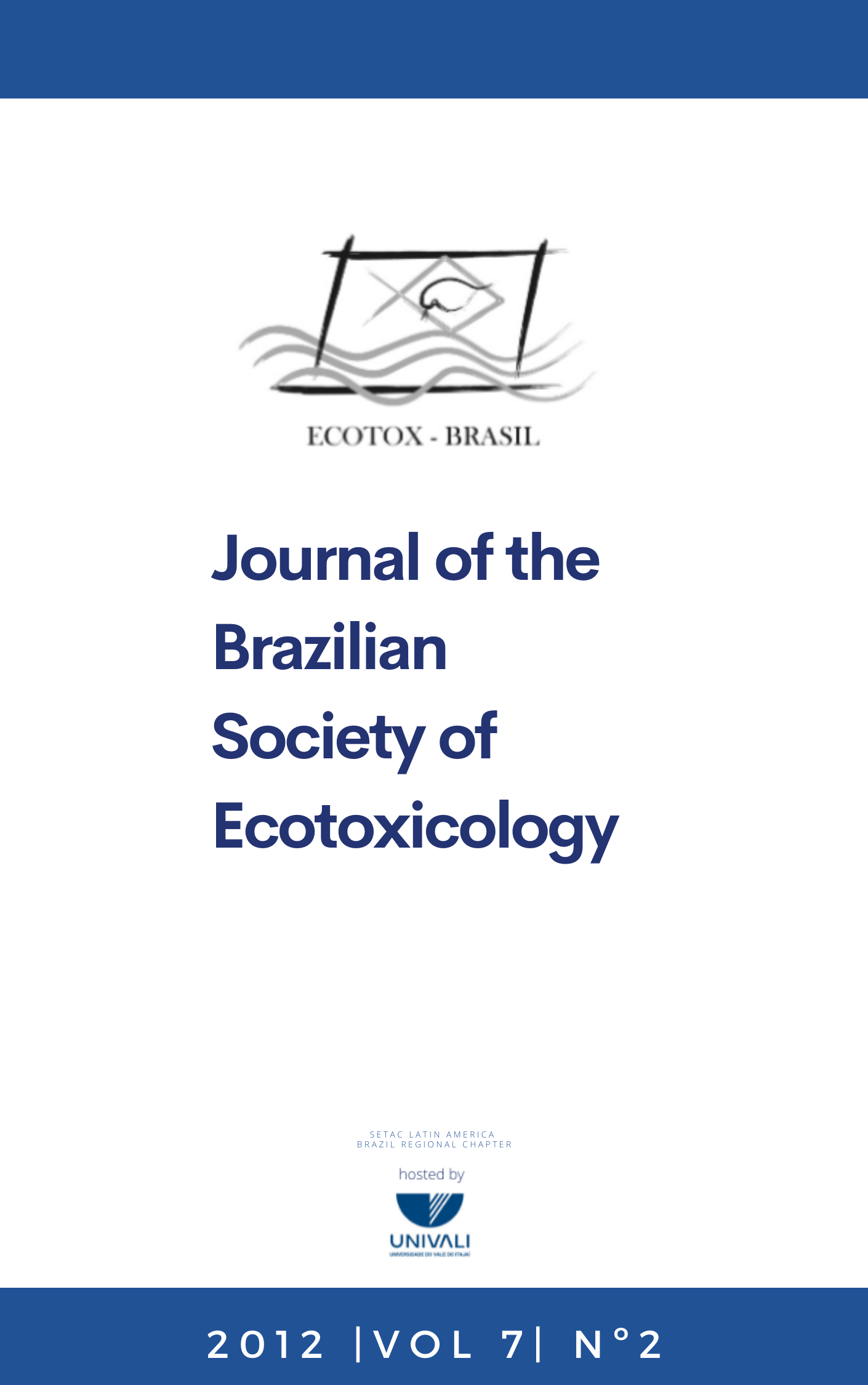Assessment of chromium bioaccumulation in Pseudokirchneriella subcapitata (Korshikov) Hindak by the Central Composite Design (CCD) and Response Surface Methodology (RSM)
Abstract
The effects of chromium bioaccumulation in Pseudokirchneriella subcapitata were evaluated by Central Composite Design (CCD), factorial 22 and Response Surface Methodology (RSM). All the models of regression generated by CCD were highly significant, with R2 between 77 and 88%, which is the percentual variability in the response that the model can account for. This is indicative of a satisfactory representation of the process models whose data can be used for simulations of response. The maximum shrinkage biovolume presented 28–69% reduction compared to controls. Results from this study suggest that the smaller algal cells amplify metal binding sites, leading to an increased bioaccumulation and a consequential increased capacity to accumulate chromium. Nevertheless, the absorption capacity decreases for more elevated chromium concentrations and for longer exposure.
Keywords: Algae, Biovolume, Central Composite Design, Metal, Selenastrum capricornutum.
Downloads
How to Cite
Issue
Section
License
Copyright © 2006 ECOTOX-Brasil
Copyright notice: It is a condition for publication that manuscripts submitted to this journal have not yet been published and will not be simultaneously submitted or published elsewhere. By submitting a manuscript, the authors agree that copyright for their article is transferred to the Sociedade Brasileira de Ecotoxicologia (ECOTOX-Brasil) if and when the article is accepted for publication. The copyright covers the exclusive rights to reproduce and distribute articles, including reprints, photographic reproductions or any other reproduction of a similar nature, including translations. No part of this publication may be reproduced, stored in a retrieval system or transmitted in any form or by any means, electronic, mechanical, photocopying, recording or otherwise, without permission of the publisher.
Notice: While every effort is made by the EEC, editors and editorial board to see that no inaccurate or misleading data, opinions or statements appear in this journal, they wish to make it clear that the contents of the articles and advertisements published herein are the sole responsibility of the contributors or advertisers concerned. Accordingly, the EEC, the editorial board and editors and their respective employees, officers and agents accept no responsibility or liability whatsoever for the consequences of any inaccurate or misleading data, opinion or statement.




